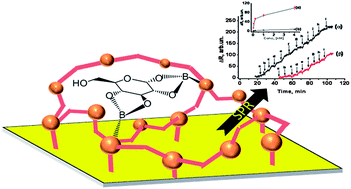Selective and enantioselective analysis of mono- and disaccharides using surface plasmon resonance spectroscopy and imprinted boronic acid-functionalized Aunanoparticle composites
Abstract
A method was developed for the synthesis of molecularly imprinted


 Please wait while we load your content...
Please wait while we load your content...